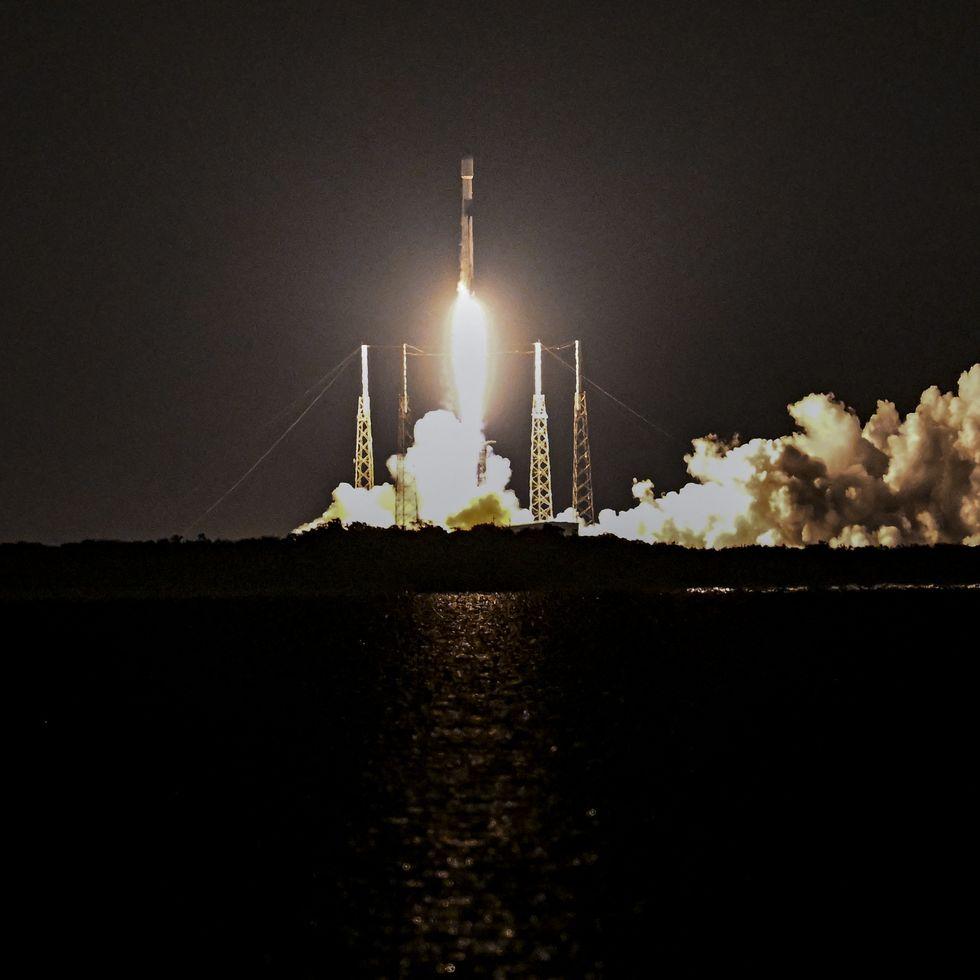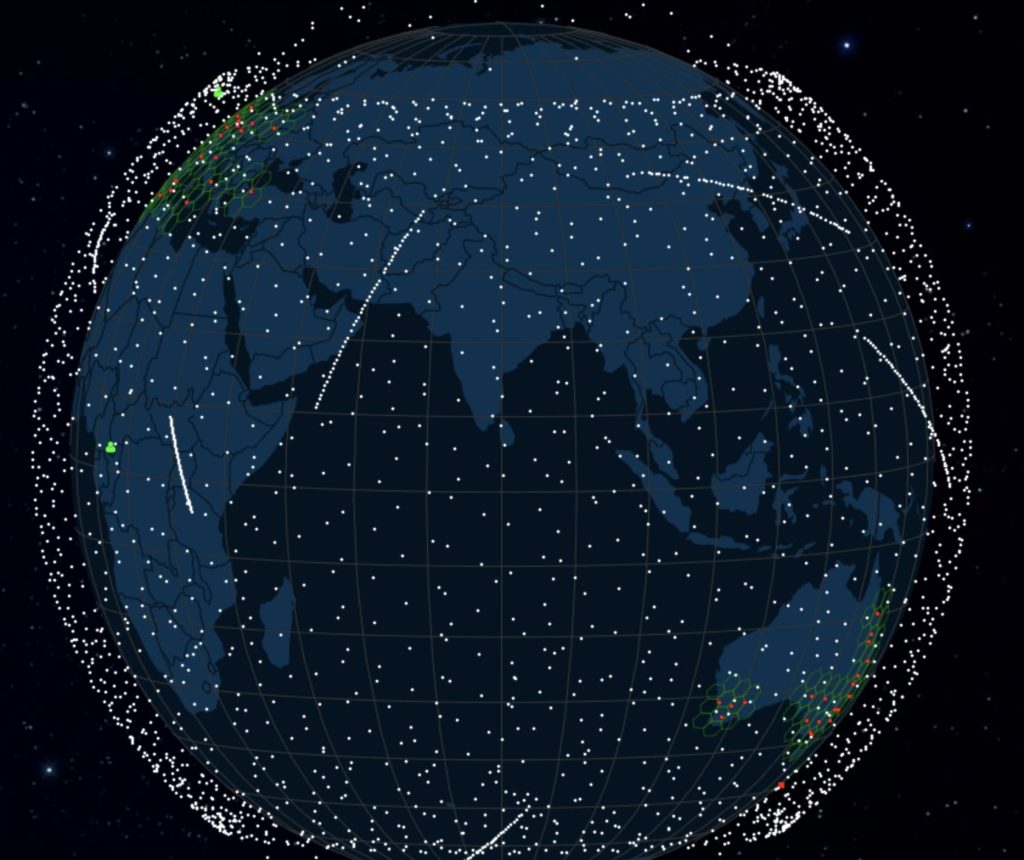China is preparing to send almost 13,000 satellites into low-Earth orbit in order to directly compete with—and monitor—SpaceX’s Starlink constellations.
The project has the code name “GW”, according to a team led by associate professor Xu Can with the People’s Liberation Army’s (PLA) Space Engineering University in Beijing. But what these letters stand for is unclear.
The GW constellation will include 12,992 satellites owned by the newly established China Satellite Network Group Co, Xu, and his colleagues said in a paper about anti-Starlink measures published in the Chinese journal Command Control and Simulation on February 15. This would dwarf Starlink’s current count of around 3,500 satellites, though SpaceX plans to have 12,000 satellites in orbit by 2027 and an eventual total count of 40,000 orbiting devices.
Xu’s team said the GW satellite constellation was likely to be deployed quickly, “before the completion of Starlink”. This would “ensure that our country has a place in low orbit and prevent Starlink.
China’s need to move so quickly on this project comes from a desire to prevent Starlink from dominating the low-Earth orbit space and preventing other companies or countries from occupying the area.
The China Satellite Network Group Co has also made claims about wanting to be able to track, and even disable, Starlink satellites with their own constellations.

Researchers with the group have expressed concern about Starlink satellites’ maneuverability and claim that their ability might be used to target and destroy other objects in space. By launching its own fleet of devices into the mix, China hopes to be able to match that potential.
The placement of Chinese satellites “is planned very quickly and before Starlink finishes placing its satellites.”
Chinese satellites can be placed “in orbits that have not yet been occupied by Starlink satellites,” the scientists write, adding that “the use of certain orbital altitudes will give [Chinese satellites] advantages and even opportunities that will allow them to suppress the operation of Starlink satellites.”

According to the scientists, their satellites can be equipped with equipment to perform tasks directed against Starlink satellites, for example, for long-term surveillance of Starlink satellites at close range.
Xu’s team said the Chinese government could also cooperate with other governments to form an anti-Starlink coalition and “demand that SpaceX publishes the precise orbiting data of Starlink satellites.”
They added that new weapons, including lasers and high-power microwaves, would be developed and used to destroy Starlink satellites that pass over China or other sensitive regions.


